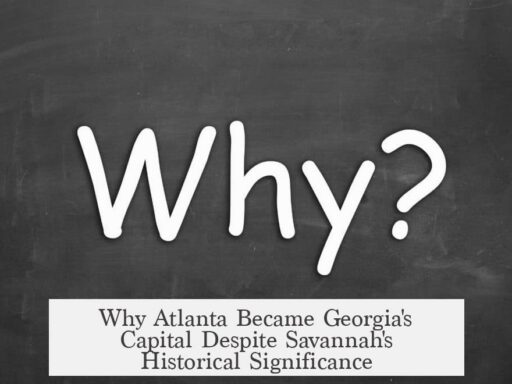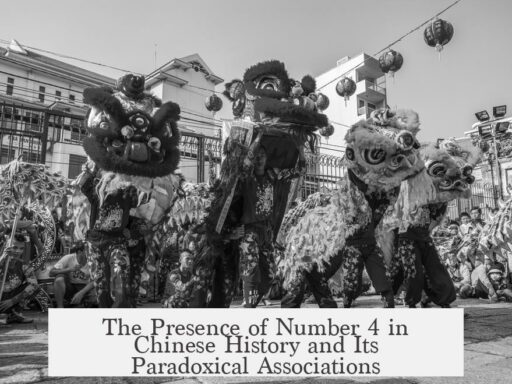The appearance of popular short-tempered duck characters at Disney and Warner Brothers—Donald Duck and Daffy Duck—reflects a mixture of historical timing and creative divergence rather than outright copying. While Donald Duck predates Daffy by about a year, Daffy was not a knockoff but rather a unique Warner Brothers character with distinct traits and purpose.
Donald Duck first appeared in 1934 in the short film Wise Little Hen. His temper and feisty personality quickly became defining traits. By 1936, Donald showcased his short temper distinctly in Mickey’s Grand Opera. This character fit well with Walt Disney’s style, blending cuteness with relatable frustration. Donald’s animation was handled by artists like Dick Huemer and Dick Lundy, who brought a personal touch, making the character charming despite his fiery mood.
Warner Brothers animated shorts initially leaned heavily on Disney’s success. Notably, their early character Bosko was a clear mimicry of Disney’s Mickey Mouse. Created by animators Hugh Harman and Rudolf Islings during their Disney tenure, Bosko debuted in the early 1930s. Bosko portrayed stereotypical elements, drawing from minstrel shows and blackface traditions of the era, and mirrored Mickey’s design and supporting cast, with Honey resembling Minnie Mouse and a dog similar to Pluto. After Harman and Islings left Warner Brothers due to a business dispute, Bosko was replaced by Buddy, another Mickey-like character but depicted as white.
Porky Pig emerged in 1935 with the cartoon I Haven’t Got a Hat. Like Bosko and Buddy, Porky initially reflected Disney’s influence through mannerisms and personality. The famous stuttering phrase, “Th-th-th-that’s all, folks!” had roots in previous characters and was refined by animator Friz Freleng to give Porky individuality.
Daffy Duck debuted in 1937’s Porky’s Duck Hunt, directed by Tex Avery. Unlike Bosko or Porky, Daffy had a distinct identity. His creator’s goal was to craft a character that was anarchic and nonsensical rather than cute or endearing. Inspired by a suggestion from animator Bob Clampett, Daffy was designed as a lone wild card to drive slapstick gags. Historian Michael Barrier underscores that Daffy “had no trace of Disney” and deliberately avoided Disney’s softer style.
Daffy’s role in cartoons was to act as a trickster and an antagonist, often exhibiting manic behavior and silly anti-realism not typical of Donald Duck. For example, in the Chuck Jones short Daffy Duck and the Dinosaur (1939), Daffy torments a caveman hunter, embracing chaotic comedy. This contrasts with Donald’s temper, which stems from frustration rather than outright madness.
Warner Brothers did not aim to clone Donald’s personality but instead created Daffy as a fresh departure from Disney norms. This choice aligned with their broader approach of innovative, sometimes edgy humor. The studios highlighted unique character drafts: Disney’s Donald for relatable human traits and temper; Warner Brothers’ Daffy for wild, surreal antics.
Later, Daffy’s role shifted somewhat with the rise of Bugs Bunny, who became Warner Brothers’ star. Bugs was clever and cool-headed, which contrasted with Daffy’s frantic energy. Still, Daffy remained a uniquely zany figure rather than a Donald copy.
| Character | First Appearance | Key Traits | Studio |
|---|---|---|---|
| Donald Duck | 1934 (Wise Little Hen) | Feisty, short-tempered, relatable frustration | Disney |
| Daffy Duck | 1937 (Porky’s Duck Hunt) | Manic, anarchic, trickster, absurdist gags | Warner Brothers |
The history of characters at Warner Brothers includes earlier Disney influences, as seen with Bosko and Buddy, mimicking Mickey Mouse’s style closely. However, Daffy Duck’s creation marked a conscious break from that pattern. Warner Brothers moved away from copying Disney and sought humor that was less cute and more chaotic.
Therefore, the existence of both Donald and Daffy as short-tempered ducks is not coincidental but a product of shared cultural interest in comedic animal characters. Nonetheless, Daffy is not a knockoff of Donald. The characters reflect different artistic goals and studio styles. Donald represents a temperamental but sympathetic figure. Daffy embodies wild unpredictability and slapstick mayhem.
- Donald Duck debuted in 1934 and showed his temper in 1936, embodying a charming yet fiery personality from Disney.
- Warner Brothers’ earliest characters, like Bosko, copied Disney’s style, but Daffy Duck was a deliberate break from this trend.
- Daffy, introduced in 1937, displays manic, anarchic behavior and serves as a trickster, differing sharply from Donald.
- The short-tempered duck trope arises from common comedic motifs, not direct imitation between studios.
- Both ducks became iconic for their unique traits, reflecting each studio’s creative goals and humor style.
Is It Just a Coincidence That Classic Studios Gave Us Two Short-Tempered Ducks? Let’s Dive Into Donald vs. Daffy!
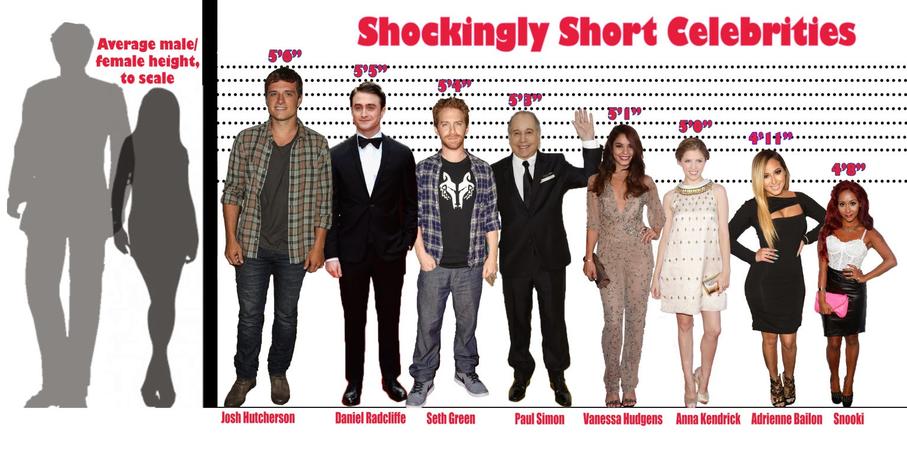
Ever wondered if it’s pure chance that Disney and Warner Brothers, two legendary cartoon studios, both created a famous short-tempered duck? Or maybe one just copied the other? It’s not as simple as calling one a knockoff. Let’s wade through the quacking history and find out what really happened behind these feisty fowls.
First, a quick reality check: Donald Duck came first, strutting and snorting with his iconic temper as early as 1934 in Wise Little Hen. His angrier side surfaced a year later in 1936’s Mickey’s Grand Opera. Daffy Duck? He wobbled onto the scene in 1937, in Porky’s Duck Hunt. So, chronologically, Donald had the stage before Daffy started flapping his wings.
Donald Duck: Disney’s Feisty Original
Donald was crafted by Dick Huemer and loved right away by Walt Disney himself. Animator Les Clark once said Donald was “such a feisty little character” that Walt was hooked. His temper tantrums were authentic and fierce — the kind of mood swings many can relate to (you know, like when your coffee spills).
Donald’s temperament wasn’t a side gimmick. It was part of the charm. His angry outbursts made him relatable and hilarious. Unlike early cartoon characters who were cute and pristine, Donald felt a little more human—maybe a little short fuse, a bit of stubbornness — giving him depth beyond mere cuteness.
Daffy Duck: Warner Brothers’ Bold Departure
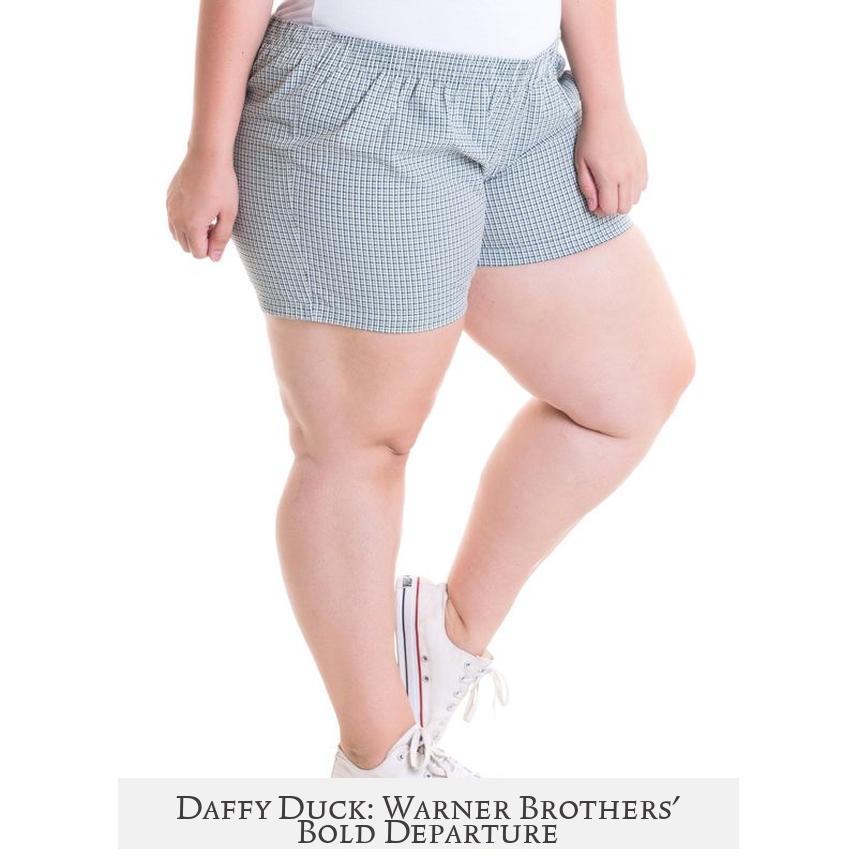
Now, Warner Brothers had a history of borrowing ideas from Disney. The very popular Looney Tunes series was created as a direct response to Disney’s Silly Symphonies. They weren’t shy about mimicry back then. Their first attempt was Bosko, a character who, let’s say, didn’t age well in hindsight. Bosko was a direct knockoff of Mickey Mouse, but with problematic racial stereotypes taken from minstrel traditions—like a caricatured blackface figure.
Oddly enough, when it came to Daffy Duck, they steered away from copying Disney’s approach. Daffy wasn’t a cute duck at all. He was wild, zany, and almost anarchic. Directed by Fred Avery (Tex Avery) and brought to life under the suggestion of animator Bob Clampett, Daffy was created specifically to run gag after gag. Michael Barrier, the animation historian, points out that Daffy had zero Disney influence—he was designed to *defy* the norms established by characters like Donald.
Think of Donald as the temperamental everyman duck, while Daffy is a chaotic trickster, full of unpredictability and slapstick ridiculousness. Daffy first appeared as Porky Pig’s foil and showed off that anarchic energy by literally carrying the dog in his mouth instead of getting caught. Quite the show-off!
So, Is One a Knockoff of the Other?
It’s tempting to say yes, Disney’s Donald started the duck trend and Warner Brothers copied. But if you look deeper, Daffy was nothing like Donald at the start. Daffy’s creators consciously moved away from the “cute, temperamental duck” archetype. Daffy was a departure from Disney’s style, embodying anti-realism and irreverence that became a hallmark of Warner Brothers’ humor.
Moreover, Warner Brothers’ own history of copying started with Bosko, who was indeed a Mickey Mouse clone, even down to his girlfriend Honey and dog Bruno (who suspiciously resembled Mickey’s Pluto). After Bosko left, Buddy took his place—essentially Bosko, but white. Porky Pig followed as a continuation of this Disney influence, with Looney Tunes borrowing catchphrases and styles.
But Daffy defeated the trend of copying. Directed by Tex Avery, he emerged as an original, anarchic character with no ties to Disney’s style. Even when Daffy’s character shifted slightly later in his career, becoming a bit more relatable and less wild, he never crossed into “copycat” territory. This shift partly happened because Bugs Bunny stole much of the spotlight, becoming Warner Brothers’ wisecracking star.
Unique Ducks, Unique Worlds
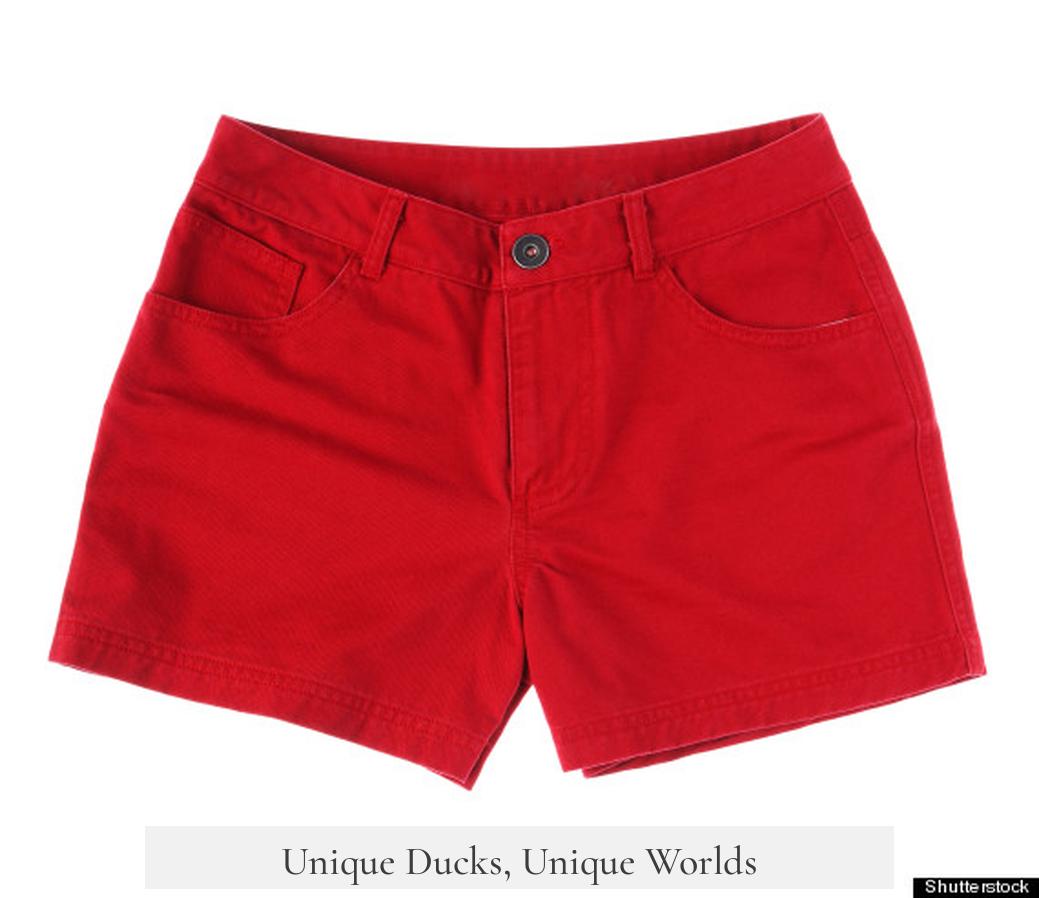
Donald Duck’s essence is grounded in realism within Disney’s universe. He storms off when frustrated, argues with family, and behaves like a grumpy uncle everyone loves. Daffy Duck, on the other hand, lives in a surreal, exaggerated world where anything can happen—from getting chased by cavemen to messing with moonshine-drunk fish. Daffy’s wild antics invite chaos and unpredictability, different from Donald’s more grounded temper tantrums.
So next time you see Donald grumble or Daffy spin into madness, remember: they stand for very different things despite both being short-tempered ducks. Donald inspires empathy, silly frustration, and lovable grouchiness. Daffy embodies absurdity, rebellion, and slapstick chaos. They’re more cousins than clones.
What Can We Learn From This Duck Tale?
- Originality often arises from reaction: Daffy was born not to copy, but to rebel against Disney’s polished style.
- Studios borrow, but evolve: Warner Brothers started copying Disney but eventually found their own voice with characters like Daffy and Bugs Bunny.
- Character temperament adds depth: Donald’s temper gives him relatable flaws while Daffy’s anarchic spirit provides comedic relief.
Both characters teach us about the power of personality in storytelling. Sure, they’re ducks with short tempers, but their differences showcase how studios took similar ideas and made them utterly unique. So, no, Daffy isn’t a knockoff. He’s a bold rejection of the “copycat” mold, even if he and Donald quack in a similar temperament.
Final Thoughts: Ducks, Classic Cartoons, and the Evolution of Creativity
It’s fascinating to see how two studios, both giants of animation, ended up with short-fused ducks that captured hearts in completely different ways. The coincidence in character traits? Maybe. But the creative intentions? Surely not. Donald paved the way, but Daffy took the road less traveled—into wild chaos and cartoon anarchy.
Does this change how you see your favorite feisty duck? Will Donald’s relatable fury or Daffy’s unpredictable antics win in your heart? One thing’s for sure: both ducks left an indelible mark on animation history, reminding us that even short temperaments can be legendary when animated just right.


